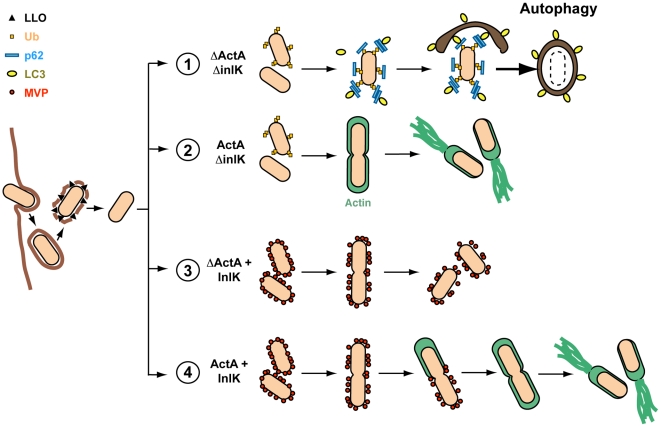Figure 7. Model for escape of autophagic recognition for L. monocytogenes expressing InlK.
During intracellular growth, cytoplasmic bacteria are able to escape from autophagy process using two independent virulence factors, ActA and InlK. On the one hand, the recruitment of VASP, Arp2/3 complex and actin via ActA masks the bacteria from ubiquitination and autophagic recognition. On the other hand, MVP recruitment via InlK is also able to protect bacteria from ubiquitination and autophagic recognition. In that way, depending on ActA and InlK expression, four possibilities could be distinguished: (1) When neither ActA nor InlK are expressed, the bacterial ubiquitination is followed by p62 and LC3 recruitment, leading to autophagosome formation around the bacterium. (2) When ActA is expressed (e.g. wild-type bacterium (WT) grown in BHI before cell infection) it is sufficient for Listeria to escape from autophagy. (3) In contrast, in the absence of ActA, InlK efficiently protects bacterium against autophagy recognition via MVP recruitment. (4) Finally, when ActA and InlK are co-expressed by the bacterium, InlK rapidly recruits MVP at the surface of the bacterium. Then, in some instance, ActA replaces InlK leading to a switch of the bacteria disguised from MVP to actin. The model is partially based on the results of Yoshikawa et al [11].

